Table of Contents
Today, we will be discussing the EV Battery Challenges faced by drivers in cold weather. Whether related to battery problems and charging destination. However, there is no doubt that EV drivers have to face these hurdles in their lifestyle as well and they know very well how to tackle these situations. So be ready to learn more about this notion.
Importance of Electric Vehicle Range
The Key factors can be understood to make the most effective use of an electric vehicle (EV), ensuring a smooth and worry-free driving experience. Let’s break it down in a way that’s easy to grasp.
1. Battery Capacity
Have you ever wondered to what distance your EV can go on a single charge? Well, it is largely dependent on the battery capacity. Simply put, the farther you can drive without needing to plug in is determined by the size of the battery. And here’s the exciting part – battery technology is evolving rapidly. This means that newer EV models are being equipped with larger batteries, which provide even more miles per charge. It’s like having a bigger gas tank for your electric ride!
2. Charging Points Everywhere
Another EV Battery Challenges can be The fear of running out of juice is one common concern that is held by prospective EV drivers. But fear not! You are being covered by the Netherlands with a growing network of charging points. Whether you are cruising to work, embarking on a road trip, or just running errands, a charging point is likely to be found nearby. These spots make it effortless to keep your EV charged up, ensuring that you are never left stranded with a dead battery. (EV Battery Challenges)
The electrolyte in EV batteries allows lithium ions to move and produce electricity. However, their movement and energy release are reduced when the electrolyte is cold. The range can be reduced and a battery can be depleted faster by that.
How can drivers face EV Battery Challenges in cold weather on their batteries?
In chilly weather, some simple tricks can be employed if you own an electric vehicle to make it more comfortable and ensure smooth operation. First off, take advantage of your car’s handy heating features. Just use your phone app to fire up the heater about five minutes before you hop in. This gets things toasty inside and revs up your battery, providing you with additional juice for your drive.
In some EV models, a special winter mode is built to maintain the battery at its optimal condition. The battery is always ready to provide power when needed, according to the experts at Recurrent.
In freezing weather, Gore’s team suggests that you plug in your electric vehicle (EV) and set the heater to a maximum for 20 to 30 minutes before driving. Also, try to charge more often, especially between 20% and 80% of your battery’s capacity – it helps in colder weather.
If you’re leaving your car parked for a while, keep the battery above 20%, according to Gore. When you’re on the move, listen to Recurrent and use seat warmers and a heated steering wheel instead of cranking up the cabin heater. It’s not only cozier but also saves battery power for your actual driving.
For top-notch battery care, the advice is to keep your EV plugged in with a charge setting of 70% to 80%. Your car draws power this way to stay warm, reducing the strain on the battery. Ignore these tips, and you might find your battery not as charged up as you’d like when you get back to your car. Read below more about EV Battery Challenges
Read About Solar Powered Stations-2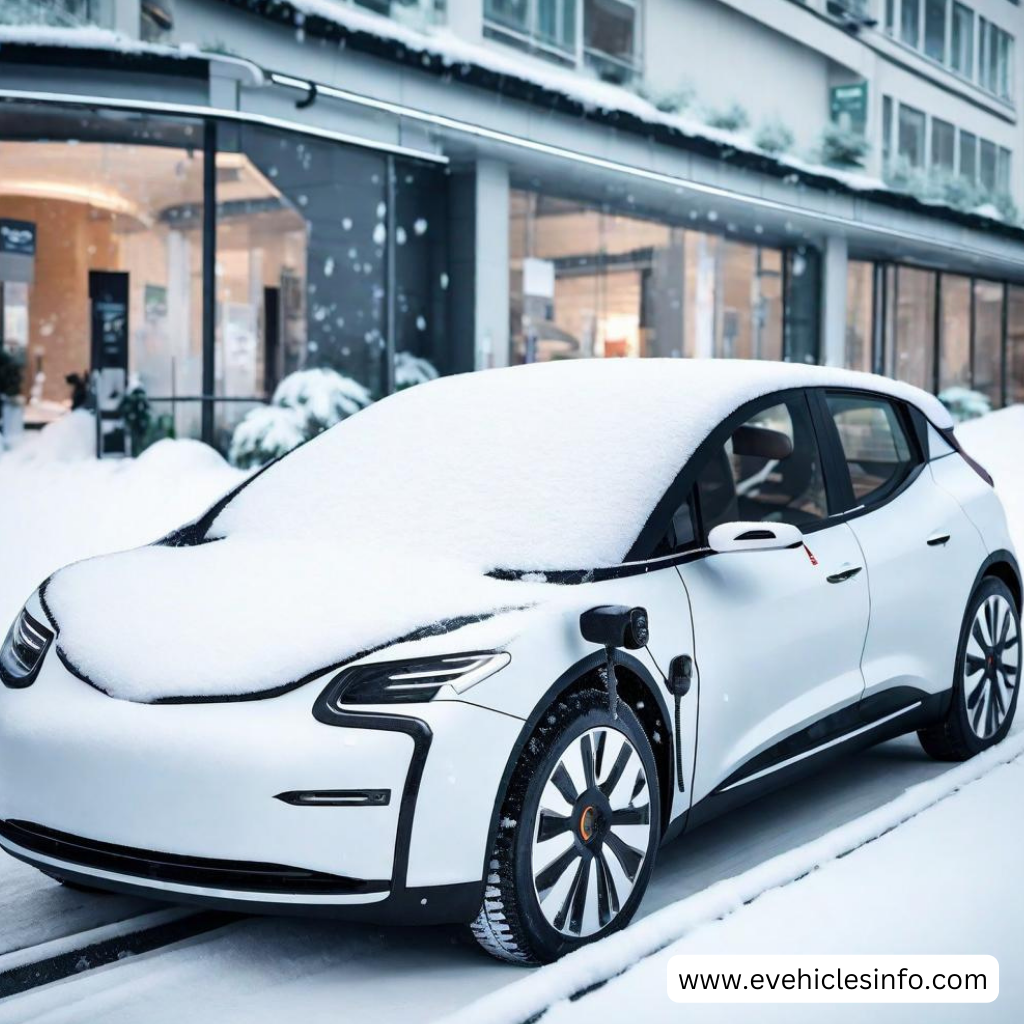
Innovations Battery & Future Prospects – EV Battery Challenges
Innovations in Battery Technology
Transforming the electric vehicle (EV) landscape, ongoing research in battery technology holds the key. Innovations like solid-state and lithium-sulfur batteries are promising increased mileage for EVs. Fast-charging technologies are reducing charging times significantly. In 72 seconds, Morand, a Swiss tech company, manages to charge smaller-range EVs to full power. Impressively, this feat is accomplished by their advanced fast charger.
An exciting future will be set in motion by breakthroughs in autonomous driving, seamless connectivity, and cutting-edge batteries, collaborating to enhance the overall driving experience for EV users.
The Future of Transportation Prospects
In the realm of the electric vehicle (EV) industry, new and innovative ideas are being introduced, transforming the world of EV technology through the introduction of advanced electric car batteries and Advanced Driver Assistance Systems (ADAS). The features change, becoming easier for users to comprehend. Driving ranges expand, providing longer distances. Charging options expedite, allowing for quicker charging processes.
In the mission to enhance the allure of electric cars, various collectives are dedicated at work. Their objective is twofold: firstly, to preserve air quality, and secondly, to mitigate detrimental emissions. Industry insiders play a pivotal role in fostering a future marked by cleanliness and sustainability by instilling a greater preference for electric vehicles among the populace.
Conclusion– EV Battery Challenges
- EV Batteries Face Challenges in Cold Weather: In cold conditions, the lithium ions in electric vehicle (EV) batteries move more slowly, resulting in decreased energy release and reduced ranges for the vehicles. This effect on battery performance in electric vehicles requires strategic measures from EV owners.
- Technology plays a key role in overcoming challenges to boosting EV adoption: Throughout, we have emphasized this. Advances in battery tech like solid-state and lithium-sulfur batteries promise better mileage, while breakthroughs in fast charging, exemplified by Morand’s achievement, are crucial for quicker charging times. These features, including autonomous driving and seamless connectivity, are reshaping the EV industry with user-friendly designs and broader appeal in the electric vehicle market.






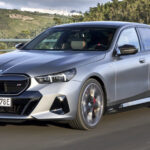
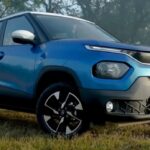
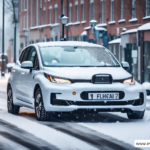
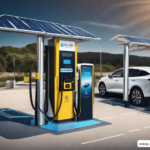
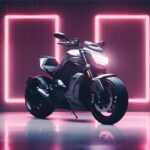
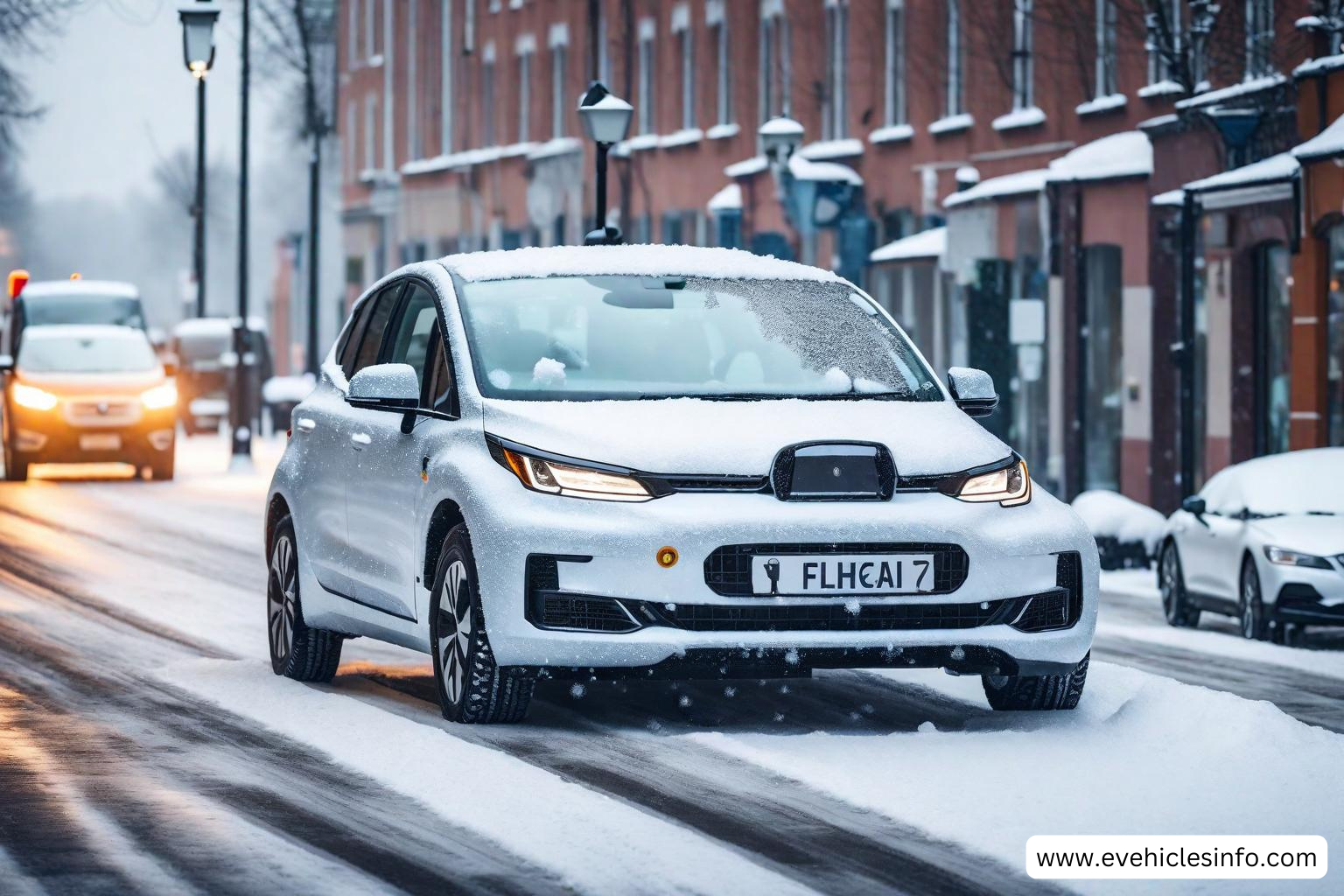
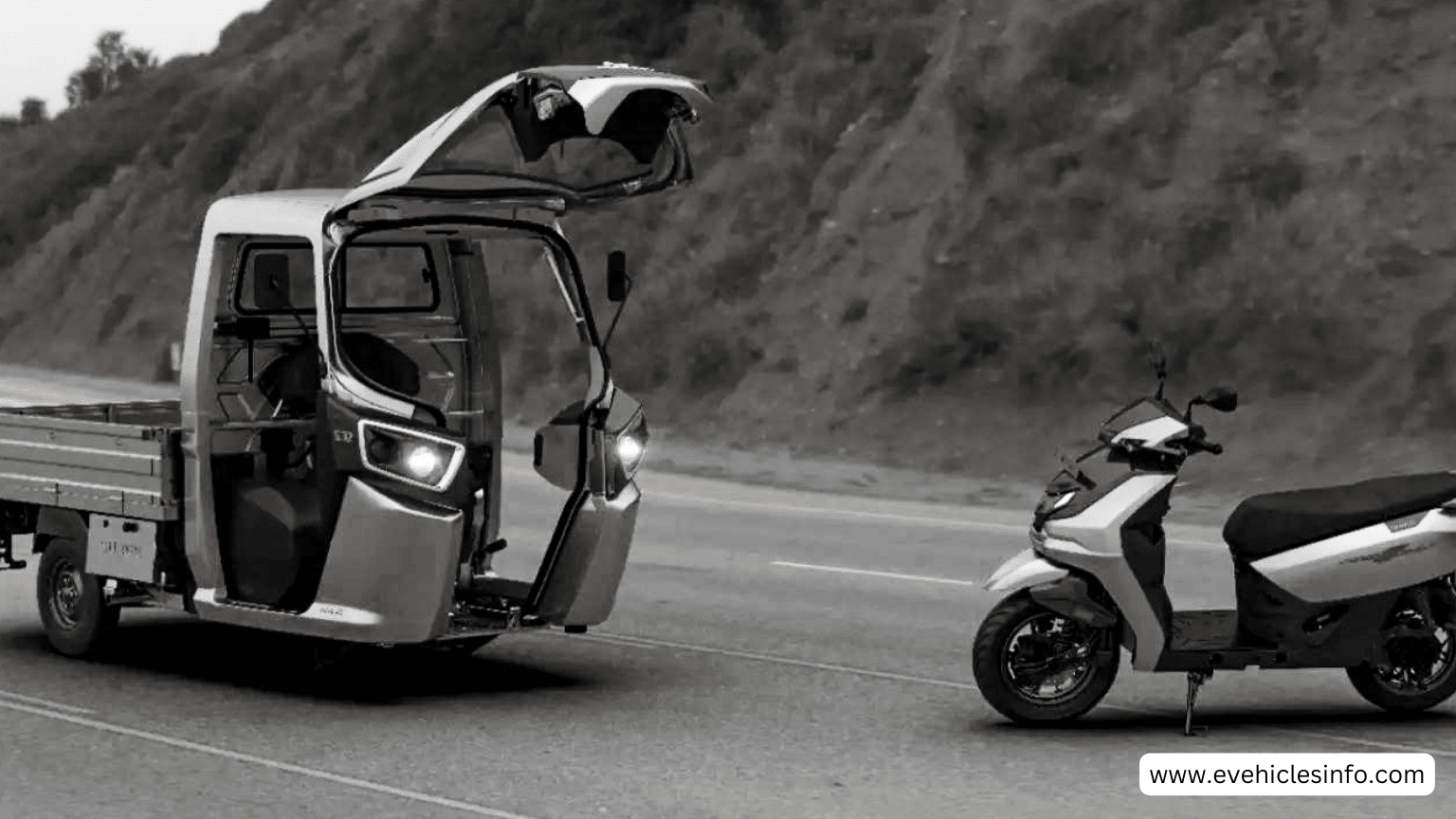
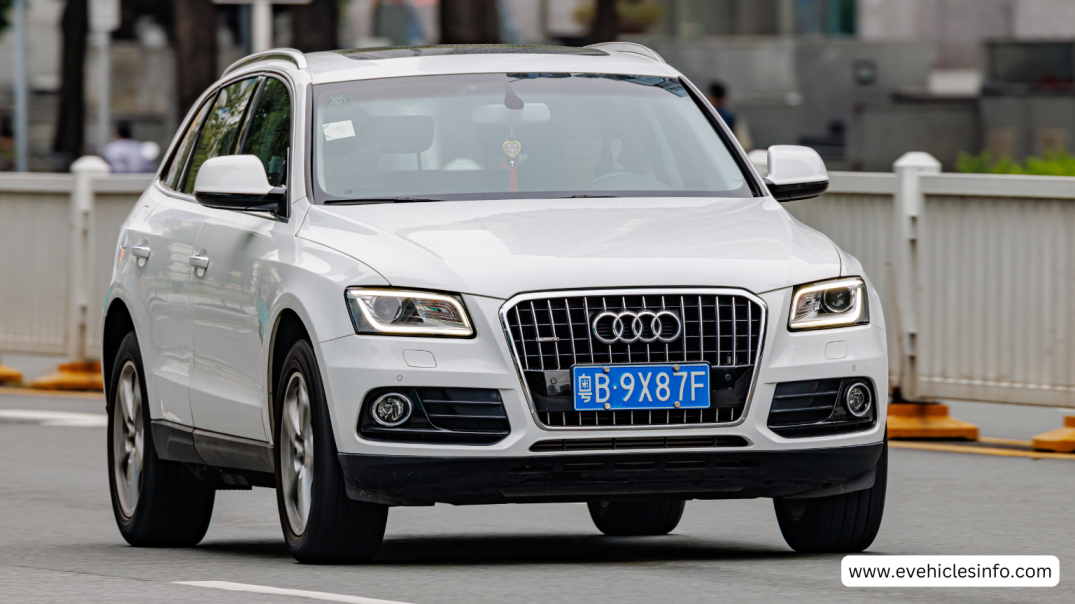

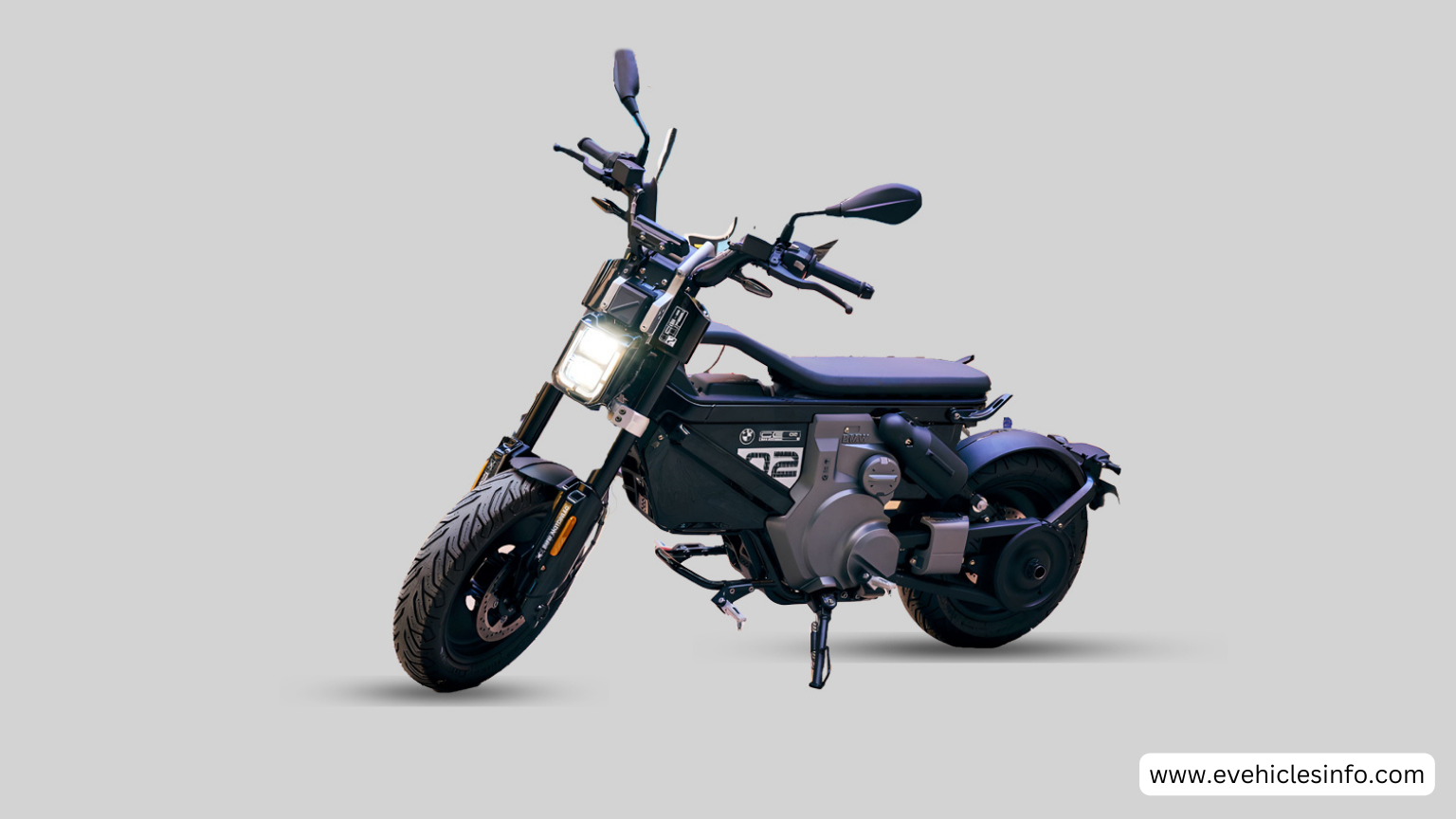
One thought on “EV Battery Challenges in Cold Weather”